Annual Chlorine Production Capacity to Hit 175,000 Tons
Executive operations for the construction of two chlorine production units have started in Khuzestan Province, the minister of cooperatives, labor and social welfare said.
“The initiatives, estimated to become operational in less than 12 months, will help raise chlorine production capacity in the region to 175,000 tons per year, or 480 tons per day,” Solat Mortazavi was also quoted as saying by ISNA.
Giving a breakdown, the official noted that the first venture is being undertaken by Abadan Petrochemical Company at an estimated cost of $500,000, which will increase the company’s annual revenues to $7 million.
The liquid chlorine evaporation facility will add at least 30 tons to the company’s present daily chlorine production of about 50 tons, he added.
According to the official, not only will the plan reduce the need to import, but also increase feedstock supply to petrochemical plants in the region.
Alkali chlorine production
Referring to the second project, he noted that an alkali chlorine production unit is being built in Ghadeer Petrochemical Company in Mahshahr.
“The unit’s daily chlorine output will stand at 400 tons and is expected to create jobs for 700 people,” he said.
The unit will produce 170,000 tons of sodium hydroxide, also known as caustic soda, annually. The product is also used in processing cotton fabric, laundering and bleaching, metal cleaning and processing, oxide coating, electroplating and electrolytic extracting. It is commonly present in commercial drain and oven cleaners.
Chlorine is generally produced from ordinary salt and helps keep drinking water and swimming pools safe. It is used to manufacture household chlorine bleach, which can whiten and disinfect clothes and disinfect kitchen and bathroom surfaces.
The substance is used in the manufacture of numerous products ranging from contact lenses, air-conditioning refrigerants and solar panels, to bullet-resistant vests, energy-efficient windows, paint and prosthetics.
Increasing the production of polyvinyl chloride (PVC)
According to Sepahdar Ansari-Nik, the head of Bandar Imam Petrochemical Company in Mahshahr, studies to develop its polyvinyl chloride (PVC) unit by completing the chlorine value chain have been completed.
“There is a yearly excess of 140,000 tons of ethylene dichloride (EDC), one of the important sources to produce vinylchloride monomer,” he said.
“The company sold its surplus EDC in the past, but studies show that it can be converted to PVC, a more value-added commodity that can help raise the company’s export revenues.”
Ansari-Nik said the PVC development plan will double BIPC’s annual output at 200,000 tons.
With the implementation of the scheme within two years, in addition to meeting the needs of domestic industries, the feed needed for the development of downstream industries will be provided and the surplus will be exported to generate revenue, he added.
An estimated 730,000 tons of PVC are produced in Iran per year.
PVC is the world’s third-most widely produced synthetic plastic polymer (after polyethylene and polypropylene). About 40 million tons of PVC are produced annually.
Published: Apr 28, 2023
If you want to order petroleum, petrochemical and chemical products from Iran, please do not hesitate to send Iran Petroleum an email.

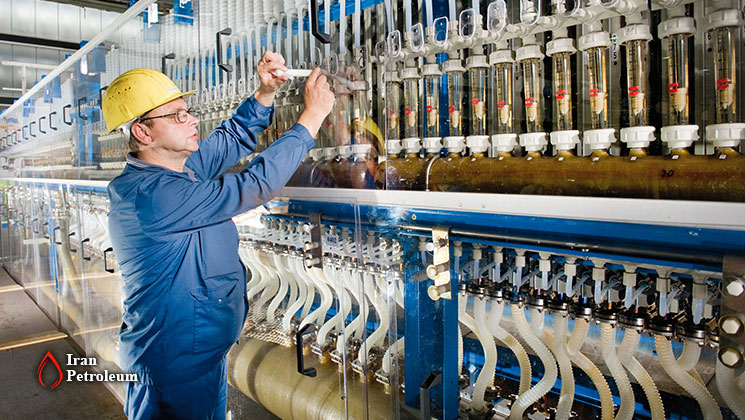
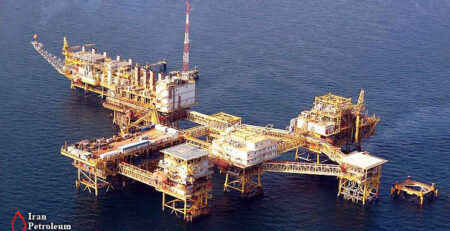
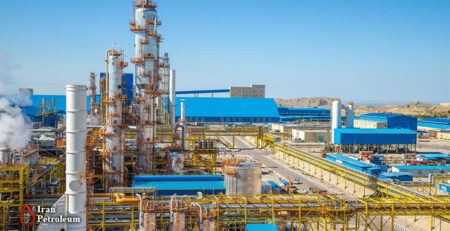
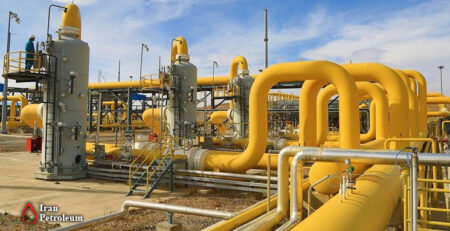
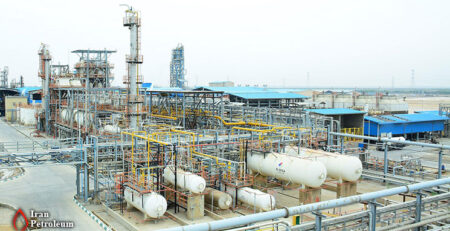
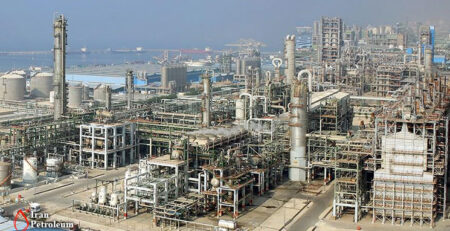
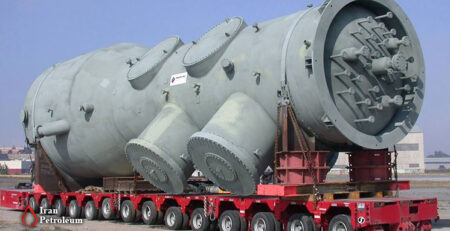
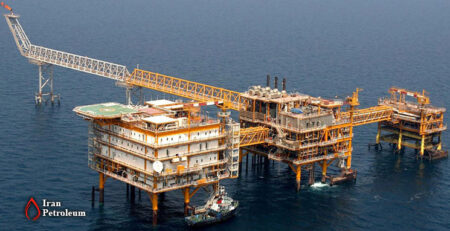
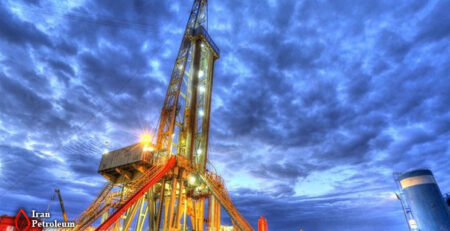
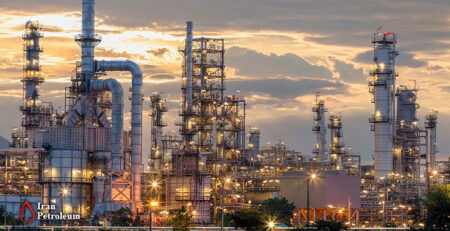
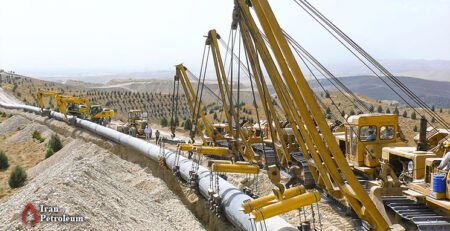
Leave a Reply